Monthly Feature
Irene is The Mighty Rib’s new wine guru!
I had a late start in the world… in the world of wine that is. While growing up, my parents did not drink wine at the dinner table so I did not know much about it at all. By the time I got to the age where beverages became part of socializing [oh – fun Canadian trivia fact, the legal age is 18 or 19 depending on what province you are in so we get head start 😉 ] in college, most were drinking beer but I did not care for it so I drank White Zinfandel – it was cold, sweet and I think I looked sophisticated holding a wine glass. But then I got my first “real” job after college with a wine and spirits importing agency and so it began. A noob. Intimidated by wine snobs and cork dorks. Luckily, I had people around me that shared their passion for wine by sharing their knowledge and making it fun. Now, I have an opportunity to pay it forward and hope that I can be one of those people for you.
We all have to start somewhere, so let’s get the basics done and then get to the fun stuff 😉
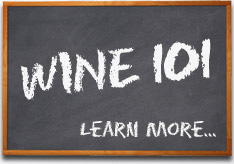

The last point is actually true, and if you find wine intimidating, think of it this way. In its most basic form, wine is grape juice that has been fermented to produce alcohol. There are sites that explain the scientific process much better than I ever could which I can provide if anyone is interested. After grapes are picked, they go through a machine to remove stems and any leaves. The fruit is crushed and the juice is pressed from the skins. In white wines, they skins are removed, yeast is added to the tank to react with the sugars in the juice and it ferments and produces alcohol. With red wines, the skins are left in the tank to extract colour, flavour and tannins (the structural part of a wine). Depending on the ripeness of the grapes and the characteristics the winemaker wants, this can be for a day or up to a couple of weeks.
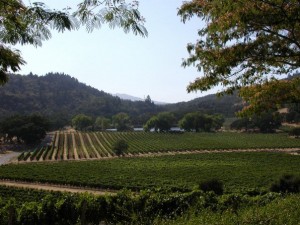 Like any agricultural product, the land itself and the way a winegrower farms has an impact on the final product. The concept of terroir (French, terre-wahr) is that the land where the wine comes from gives it a specific taste, i.e., a Chardonnay from California tastes different to Chardonnay from France or Australia. There are country and regional regulations that determine where a winemaker can say where their wine is from, usually based on the percentage of where the grapes are grown. These are called regional appellations and it means that the terroir of these areas give specific characteristics to the grapes grown there; they are indicated on the front of a wine label. It can be a large region like “California” which means the grapes can come from anywhere in the state, to smaller regions like “Napa Valley” and even down to a specific vineyard site such as “San Bernabe Vineyard” which is in Monterey, CA.
Like any agricultural product, the land itself and the way a winegrower farms has an impact on the final product. The concept of terroir (French, terre-wahr) is that the land where the wine comes from gives it a specific taste, i.e., a Chardonnay from California tastes different to Chardonnay from France or Australia. There are country and regional regulations that determine where a winemaker can say where their wine is from, usually based on the percentage of where the grapes are grown. These are called regional appellations and it means that the terroir of these areas give specific characteristics to the grapes grown there; they are indicated on the front of a wine label. It can be a large region like “California” which means the grapes can come from anywhere in the state, to smaller regions like “Napa Valley” and even down to a specific vineyard site such as “San Bernabe Vineyard” which is in Monterey, CA.
Next comes the grape type itself, in winespeak, that is called a varietal. For white wines, some of the most well known are Sauvignon Blanc, Chardonnay, Pinot Grigio and for red wines, Cabernet Sauvignon, Merlot, and Shiraz. Each varietal has characteristics generally associated to its type: colour, aromas, flavours, body and finish.
Sometimes you may hear the term New World Wines which refers to wines made in countries other than Europe, the Old World. Many of the new world wines are named by the grape or grapes it is made out of, such as Brand X Chardonnay or Brand Y Merlot while tradition continues in Europe with many of their wines named by the region in which they are produced, such as a French Chablis made mostly of Chardonnay or a Italian Chianti made mostly of Sangiovese. Of course there are exceptions, most notably that there are “marketing” names for new world wines that can be decided by a regional association or by the owner, and European wines that are sold as single varietals.
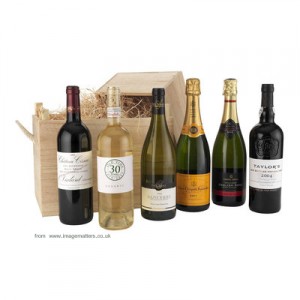

As a first post, I wanted to give a basic overview and then get your feedback to get to know you and find out what direction you would like these posts to go. How can I help you learn about and enjoy wine?


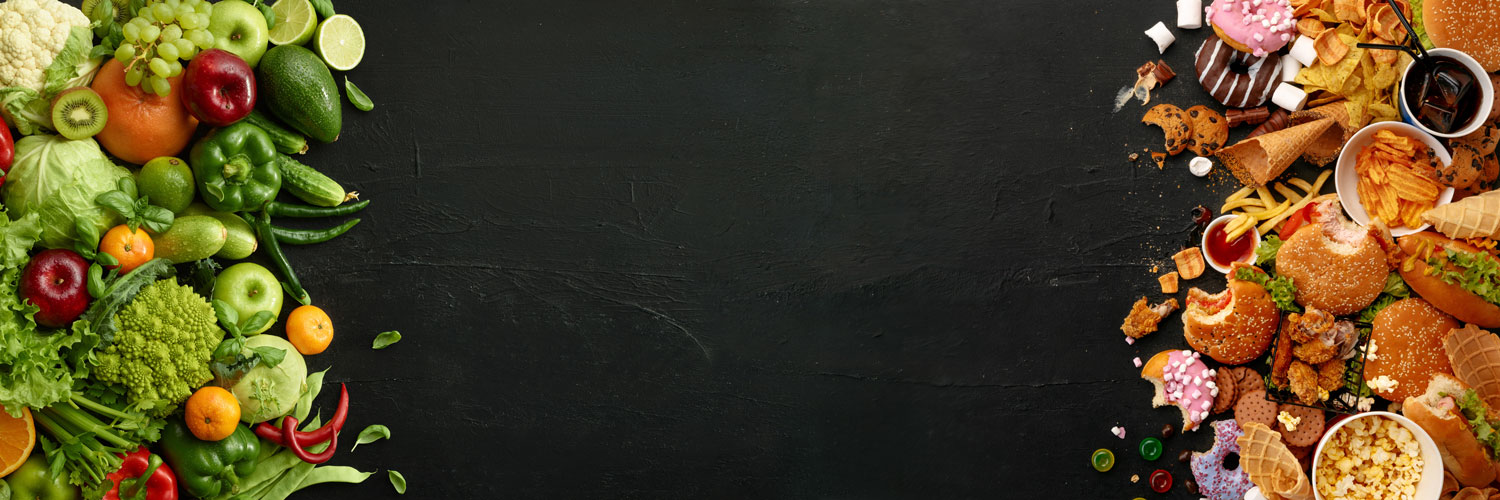
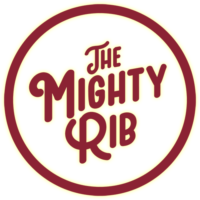
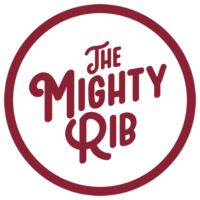
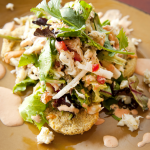
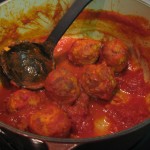
8 Comments
I truly just learned a lot from reading this article.
I’m so glad you found it interesting! 🙂 thank you!
How did you get involved in the wine industry? What is your personal favorite variety of wine? Also, I was wondering about alcohol content in wine? Is it regulated and/ or does it vary?
Hi Mary,
Thanks for your question. One of my college courses required a session job shadowing someone in sales. I ended up following a liquor rep around and their office needed a sales & marketing coordinator, and I started it as soon as I graduated. I’ve worked in various roles, mostly in marketing, but also logistics and sales.
It’s difficult to choose a favourite because there are so many grapes and styles of wine. I like crisp, aromatic whites like Sauvignon Blanc, and big bold fruity reds like Cabernet Sauvignon. As you have the opportunity to try more kind and styles, “favourites” may depend on the meal or the mood.
The alcohol that is produced during fermentation can be left as is, or adjusted by the winemaker by several techniques. Whites tend to be 10-13% range and Reds in the 12-14% range, but I have seen as high as 16%. Depending on regional regulations, the level of alcohol can determine taxation levels, so usually wines stay under 15%.
Since wine is a “live” product, each vintage year will produce different levels of alcohol. A very hot year produces ripe fruit which can lead to higher alcohol level. This information is indicated on a wine label (a post for another day) and can change from year to year.
Nice article! Great start to what I am sure will be a great learning experience for us other wine noobs.
Thanks J!
I hope you will continue to read and learn! 🙂
Irene, I had a port the other day, and I think it had a 17% alcohol content…is that a typical level for a port?
Hi Kevin
Port is “fortified” with a neutral spirit so the alcohol content is higher than regular table wines. A regular alcohol by volume content for ports is 20%.
Comments are closed.